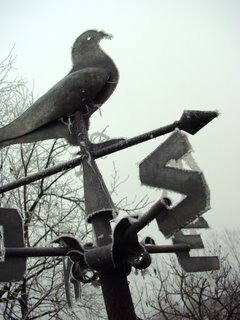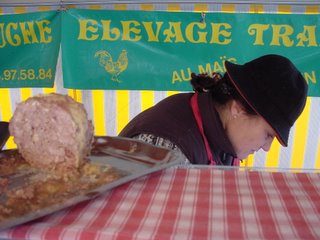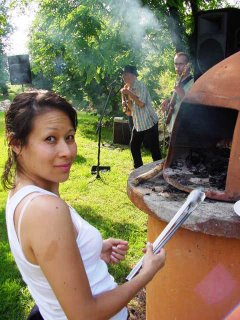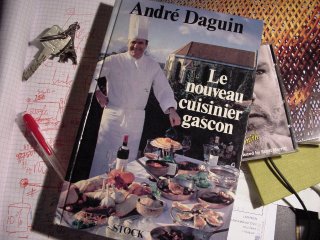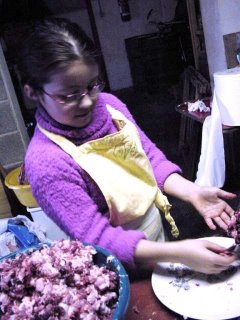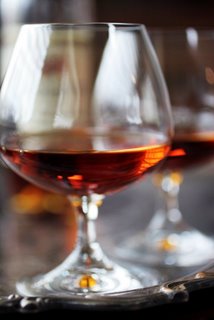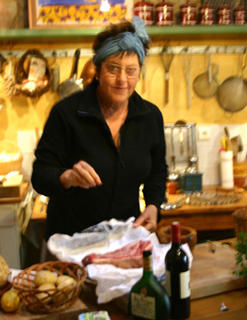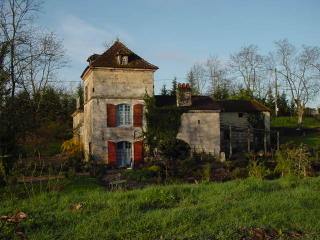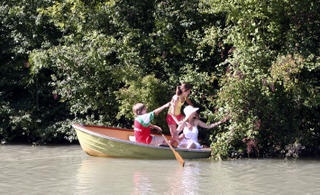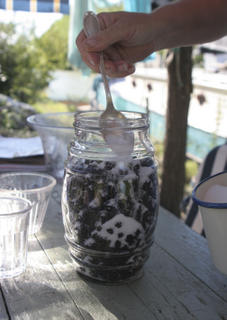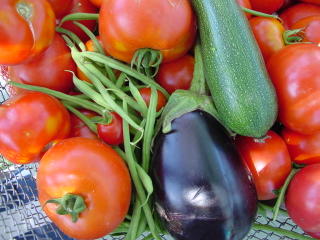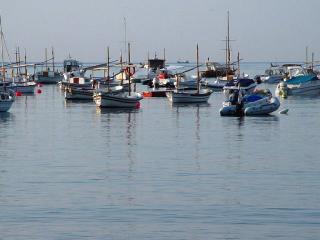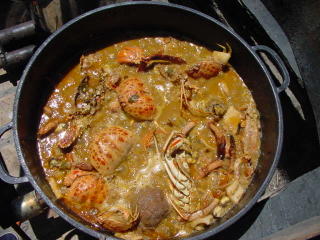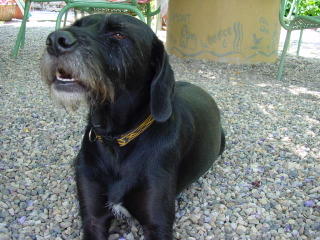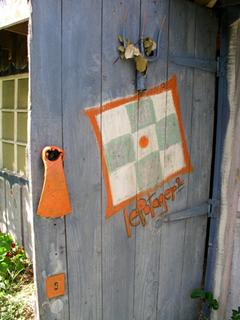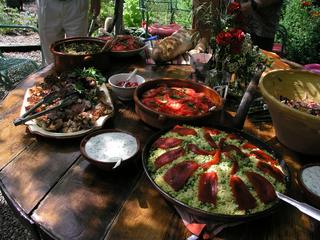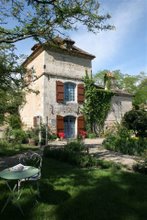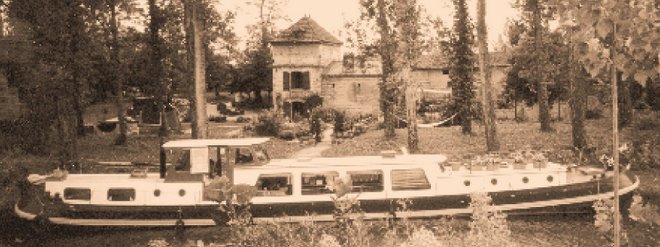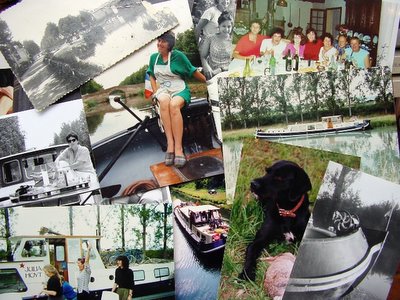
Un Bateau Ivre
Drunken.
Afloat.
Steady as she goes Master and Commander!
Champagne and cutlasses,
Howling poems shouted from the wheelhuizen roof,
Sails long turned into hammocks and aprons,
A crew of one-eyed cooks with a cartoon captain wielding a ladle,
Instead of hook.
Pirate dreams attack under cover of night.
Arr-bee-dar, matey…
Ivre is a state of delirious delight,
Ivre de joie—drunk on pleasure.
Many will be truly drunk tonight
As the last year turns to the new,
Even as I cut myself adrift
On this narrow inland sea and sail the sort of dreams
That have deliciously tainted twenty years afloat.
Sleeping on Boats continues the party as dreams collide between cabins—
proof that it is not only Cheese that provokes a wild night life.
Try living on the Julia Hoyt afloat on a river of wine, armagnac and champagne,
Running rapids of conversations inspired by this safe haven of a Long Village.
Toasts ring through the night,
To those who show up!
And those absent friends…
This Bateau Ivre dances solidly against inch-thick ropes tied to poplar stumps.
Unpromising weather turns to future dreams of long voyages
And friends who sail across the thin blue lines of a European Map,
Now colored with new names for old places.
Pirate-Whores clash pans in the bistro-galley.
Dashing First Mates pop the bilge’s treasures into old crystal still ringing with the vibration of an old diesel motor.
Away!
Aweigh the anchor –now planted in the garden.
As new journeys ring the New Year,
La Capitaine takes the wheel and gives
A spin to loosen dry throats and sober minds.
Aye, me hearties, I see no ships but
Hardships… and good times ahead.
Here’s to those who showed up since 1986-
Twenty years afloat and still- ‘I’ is for too much fun!





